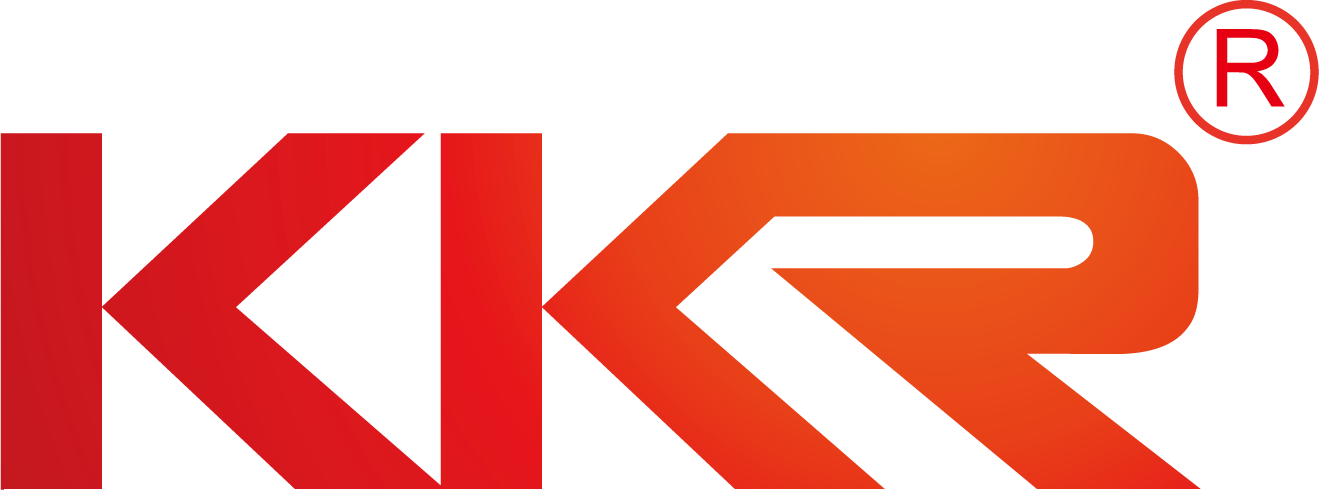Wood and plastic seem to be the overwhelming choice
by:KingKonree
2020-08-29
They do tend to get rather unpleasant very quickly. The pick up stains and scuffs, which just can't be hygienic, and moreover look unpleasant too. Personally, when I am preparing food I don't want it done on a mangy old chopping board that is growing hair.
Some people say that wooden chopping boards are the best because they are naturally anti-bacterial, but I am afraid that is a bit of a myth. Wooden chopping boards are porous and accept moisture and staining readily, they also scratch and scuff which provides an ideal environment for the accumilation of dirt and bacteria.
Plastic, while not so porous as wood, doesn't look as nice and wears unpleasantly. Some of the modern materials have anti-microbial treatments that really help with the hygiene angle, but really, you've spent thousands on a kitchen and use a cheap throwaway chopping board?
Chopping boards made of stone might be worth investigating. Not only do they look fantastic (how many people's chopping board can boast becoming the focus of a conversation?) but offer these persuasive advantages:
Granite is tough. It is the second hardest rock found on the earth (only diamond is harder) and is very resistant to scuffing and scratching. Its just unbelievable rugged.
Its hygienic and non-porous. Granite is sealed with a resin that prevents the surface from absorbing water, and so because no water can get in, the inside of the board will not become a breeding ground for microbes.
It can match your worktop - you can either get a chopping board that is the same material and finish as your kitchen, or something complementary but there are lots of styles to choose from. With the inclusion of Quartz (I'll explain what that is later), there are hundreds of colours and patterns that you can choose from. Even the pickiest interior designer would be able to find the perfect colour.
Granite is easy to clean, and all you have to do is wipe is off with a mild soapy cloth. It is very hard to stain and you won't have to spend ages scrubbing and scrubbing just so you can have a clean looking chopping board.
Granite is also very heavy. This is a disadvantage in the sense that you do not want to drop it on your foot, but it also means that it is much more stable and won't move around as you work.
It has other uses as well. It makes a great pastry board as its slick, non-porous finish is hard to stick to. Also you could use it as a pan rest to save your worktop from hot pans. Granite is supremely resistant to heat and will not lose its shine when hot pans are placed on it.
Lastly, the chopping boards are off-cuts from the production of worktops and using them is a form of recycling, the stone would have just gone to landfill otherwise. (they are usually refinished and attractively bevelled but they are still offcuts).
On a side note Quartz is a generic term used in the trade for engineered stone. It is the rock quartz which is crushed up and mixed with a polymer to hold it together and seal it. It is of comparable strength to granite and is lighter, and available in many more colours and patterns.
Granite chopping boards are available cheaply from the big DIY outlets, but they use inferior quality stone for cheap prices. I'd recommend getting one from an established granite supplier like Granite Concepts, or have a look round ebay.
Custom message







